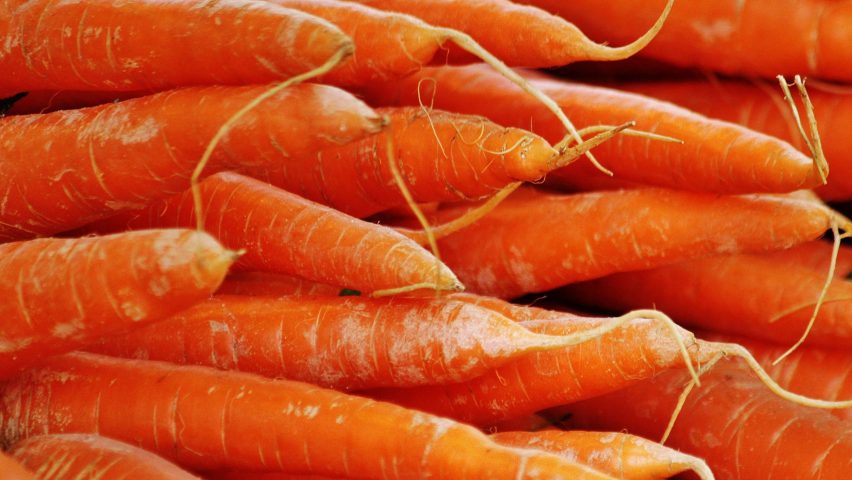
Carrots could be key to stronger concrete
Concrete mixtures could be strengthened by adding nanoparticles extracted from carrots and other root vegetables, research currently underway at England's Lancaster University suggests.
Preliminary tests by the university's engineers found that "nano platelets" sourced from the fibres of these vegetables "significantly improved" the strength of concrete — and at a low cost.
The university now has £195,000 in funding from the European Union's Horizon 2020 programme to proceed with further research, in the hope that the results could help curb carbon emissions from the construction industry.
Novel cement reduces energy consumption and CO2
"These novel cement nanocomposites are made by combining ordinary Portland cement with nano platelets extracted from waste root vegetables taken from the food industry," said engineering professor Mohamed Saafi, who is lead researcher on the project.
"The composites are not only superior to current cement products in terms of mechanical and microstructure properties but also use smaller amounts of cement. This significantly reduces both the energy consumption and CO2 emissions associated with cement manufacturing."
The thinking is that with stronger concrete, less of the material will be required for a building of the same scale.
Even a small reduction in quantity could make a big impact, given that the production of cement — the key ingredient in concrete — could account for as much as eight per cent of the world's total carbon dioxide emissions, according to recent statistics.
This is because carbon dioxide is a by-product of the chemical conversion that takes place during cement production. The process also requires the cement to be heated to very high temperatures, often via the burning of fossil fuels.
Material outperformed all available cements
In Lancaster University's early studies, the root vegetable nano platelets — which work by increasing the amount of calcium silicate hydrate, the primary substance that gives concrete its strength – outperformed all currently available cement additives. This includes more costly sources like graphene and carbon nanotubes.
The engineers were able to use 40 kilograms less Portland cement per cubic metre of concrete.
They are working with an industrial partner, sustainable materials company Cellucomp, on the research. Cellucomp already works with waste root vegetable fibres, with which it manufactures the additive Curran.
Wonder-material graphene has recently been touted as the future for stronger concrete, with studies from the University of Exeter showing it could make a composite more than twice as strong and four times more water-resistant than existing mixtures.